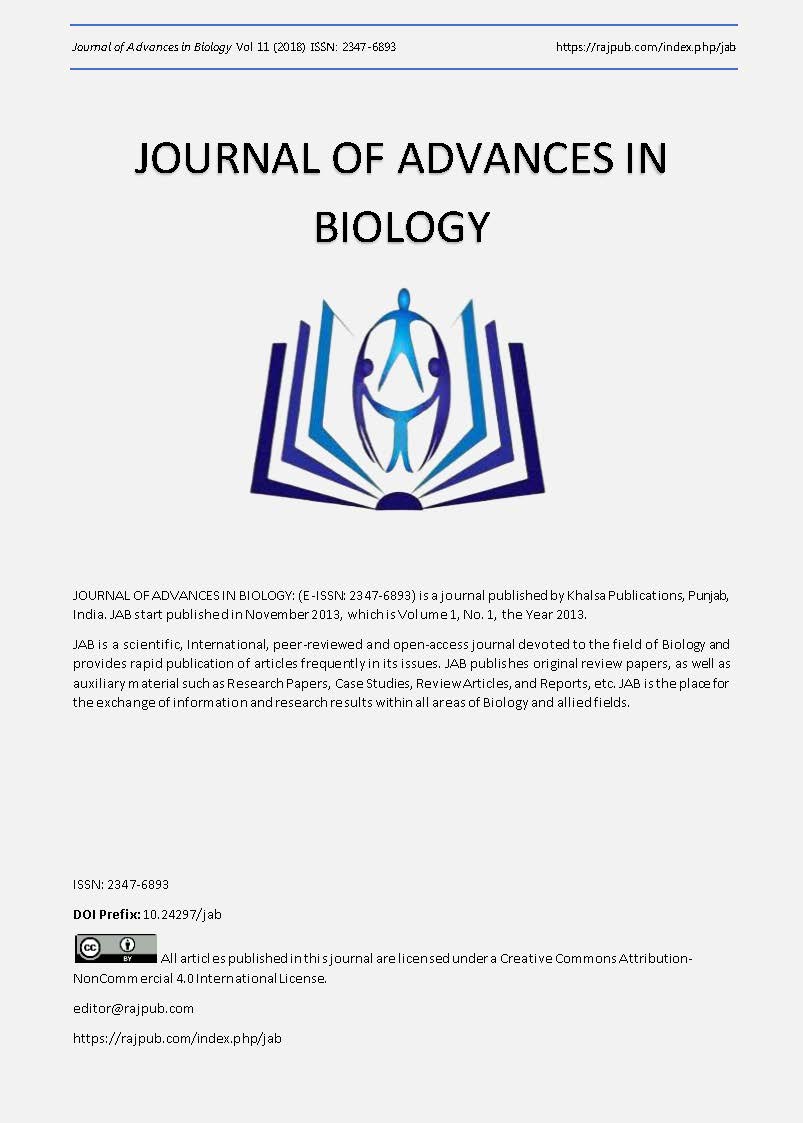Influence of engineered nanoparticles on growth parameters and photosynthetic pigments of Triticum durum L. under salt stress
DOI:
https://doi.org/10.24297/jab.v11i0.7942Keywords:
Triticum durum, CPNPs, salt stress, plant growth, pigmentsAbstract
Salinity stress is a major limitation to global crop production. Wheat is one of the world’s crops has salt sensitive characteristics than other crops. Meanwhile, rapid advancement of nanotechnology is introducing more and more engineered nanoparticles (ENPs) in agricultural soil . While some negative effects of ENPs on plant health at very high concentrations have been reported, more beneficial effects at low levels are increasingly noticed. Calcium phosphate nanoparticles (CPNPs) are one of the most widely used nanoparticles to interact with ecosystem and of great interest in agricultural sciences. The current study evaluates the effect of Calcium phosphate nanoparticles on germination percentage and early growth rate of wheat (Triticum durum L.) germinated under sodium chloride stress. As compared to the control, the results clearly showed that germination percentage not affected after NPs treatments whereas growth, fresh mass and dry mass of seedlings were highly increased at low levels of CPNPs . As salt concentration increased, chlorophyll a, b and carotenoids contents decreased. The results revealed that CPNPs interacted with salt stressed seedlings caused an increasing in photosynthetic pigments as compared to the control.
Downloads
Downloads
Published
How to Cite
Issue
Section
License
 All articles published in Journal of Advances in Linguistics are licensed under a Creative Commons Attribution 4.0 International License.
All articles published in Journal of Advances in Linguistics are licensed under a Creative Commons Attribution 4.0 International License.




